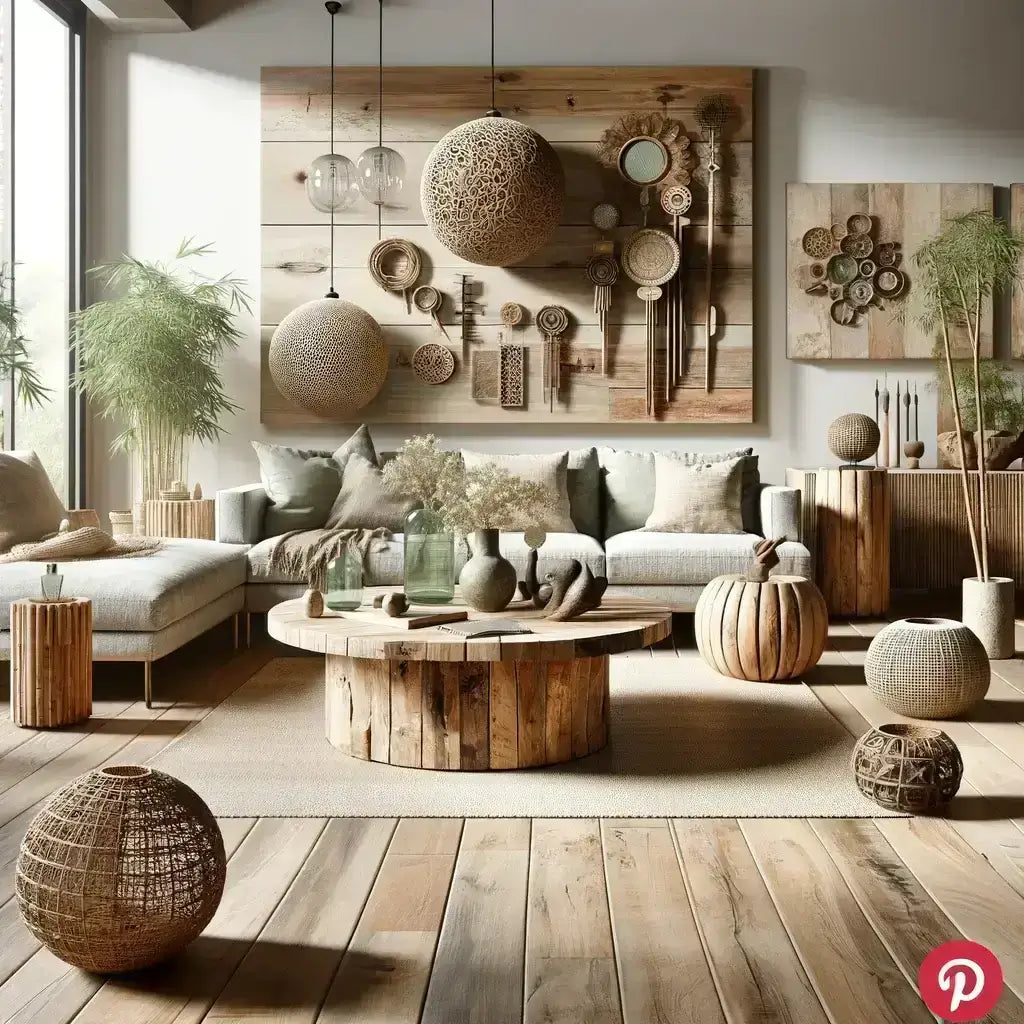
Today I Learned: Why Sustainable Materials are Revolutionizing Home Decor Trends
|
|
Time to read 2 min

Discover new arrivals in modern lighting, home decor, and Scandinavian design—updated weekly...
|
|
Time to read 2 min
There's an enlightening phrase we often hear: "Every day is a school day." And today, indeed, was a school day in the realm of home decor. I discovered a compelling insight into why sustainable materials are not just a fad but a revolution in the design world.
In an era where climate change and environmental sustainability are at the forefront of global conversations, the interior design industry is not left behind. Consumers are increasingly conscious of their ecological footprint, influencing their purchasing decisions. A recent study showed that over 60% of consumers prefer to buy from brands that are sustainably conscious. This shift is significantly impacting home decor trends, with sustainable materials becoming the stars of the show.
Sustainable materials refer to substances obtained through environmentally friendly processes that aim to reduce waste, energy consumption, and carbon emissions. These materials are typically renewable, like bamboo and cork, or are recycled and upcycled items. Not only do they help in conserving natural resources, but they also minimize the harmful effects on the environment.
The beauty of sustainable materials lies in their versatility and natural appeal, which can add a unique and warm touch to any home. For instance, reclaimed wood not only tells a story but also brings an organic, rustic charm to furniture and decor. Similarly, recycled glass tiles offer a plethora of colors and textures, providing an aesthetic that does not compromise on style or the planet’s welfare.
It's not just about being eco-friendly—sustainable materials often come with economic benefits. They are generally more durable and require less maintenance over time compared to traditional materials. This durability translates into cost savings and less frequent replacements. Furthermore, as the demand for sustainable materials increases, the cost of these materials continues to decrease, making them more accessible to a broader audience.
Advancements in technology have dramatically broadened the possibilities of what can be done with sustainable materials. Innovations such as biodegradable plastics and composites made from agricultural waste are setting new benchmarks for what's possible in eco-friendly decor. These technologies are not only making sustainable materials more efficient and versatile but also more appealing to the consumer eye.
The journey of learning about sustainable materials today has been an eye-opener. It’s clear that as the world evolves, so does our approach to design and decor. Sustainable materials are not just a trend; they are a movement towards a more responsible and aesthetically pleasing future in home decoration. This shift is reshaping how we think about our spaces and our planet, offering designs that offer beauty, durability, and respect for the environment.
So, whether you're renovating your home or just adding a few new touches, consider the impact of your choices. Opting for sustainable materials is not just a smart choice—it's a forward-thinking one that contributes to a healthier planet.